Are CBCT scans needed for dental implants?
What is a CBCT scan and what does it do?
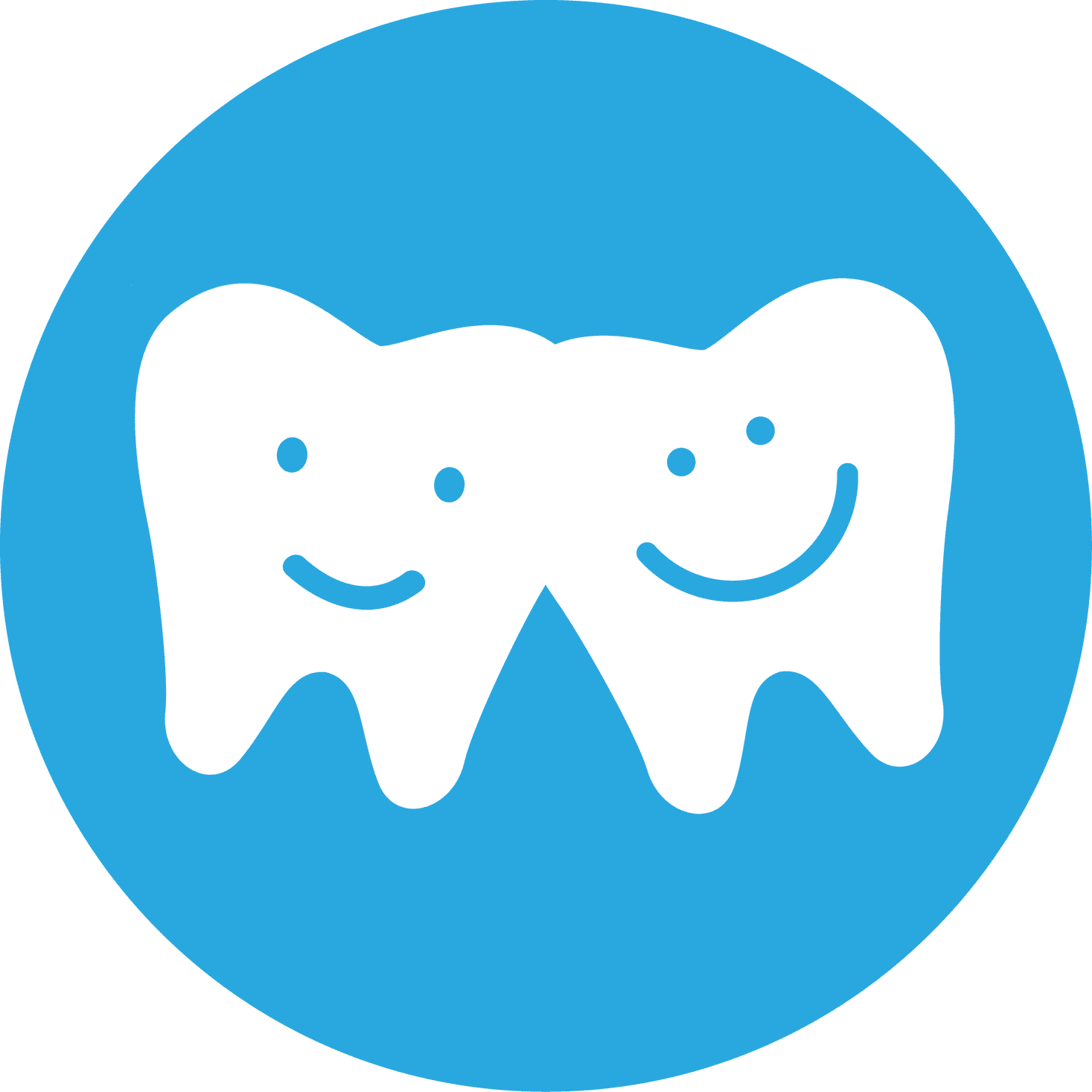
Written by NoFrills Dental
This dental article has been curated by the clinical team @ NoFrills Dental 🙂
November 6, 2021
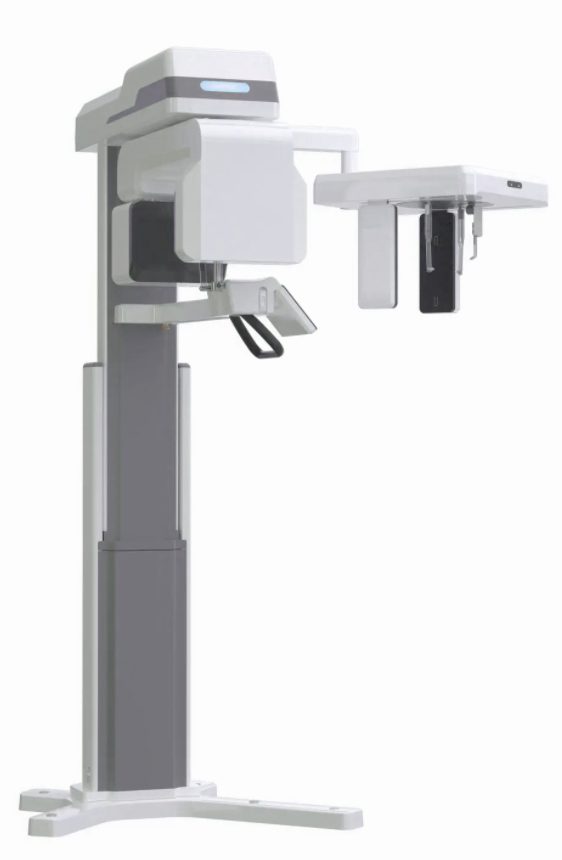
Dental radiography is a vital part of imaging and radiology. Cone Beam Computerized Tomography (CBCT) scans are used widely in dentistry to assess the three-dimensional structure of jaw bones.
CBCT involves a cone shaped X-ray beam rotating around the patient. The data captured are used to record a three-dimensional (3D) image of the patient’s teeth, mouth, jaws, neck region and sometimes the ears, nose and throat (ENT) region. The 3D nature of these images serves as a huge advantage to many clinicians. This ability to view vital tooth and bone structures from ‘different angles’ helps to accurately evaluate the architecture and dimensions of the bone, contour and density and its surrounding anatomical structures.
Your dentist or radiologist will advise you to stay seated on a chair during the procedure. They will position you so that the area of interest (i.e.: your oral cavity) is centered on the x-ray beam. You will be asked to remain very still while the x-ray source and detector move around your head and neck region. This takes anywhere between 20-40 seconds, depending on the size of the area of focus. The whole procedure is not painful, and you will be able to return to your normal activities once the scan is complete.
Why do I need a CBCT scan for dental implants?
Here are the two main reasons why CT scans are needed prior to the placement of a dental implant:
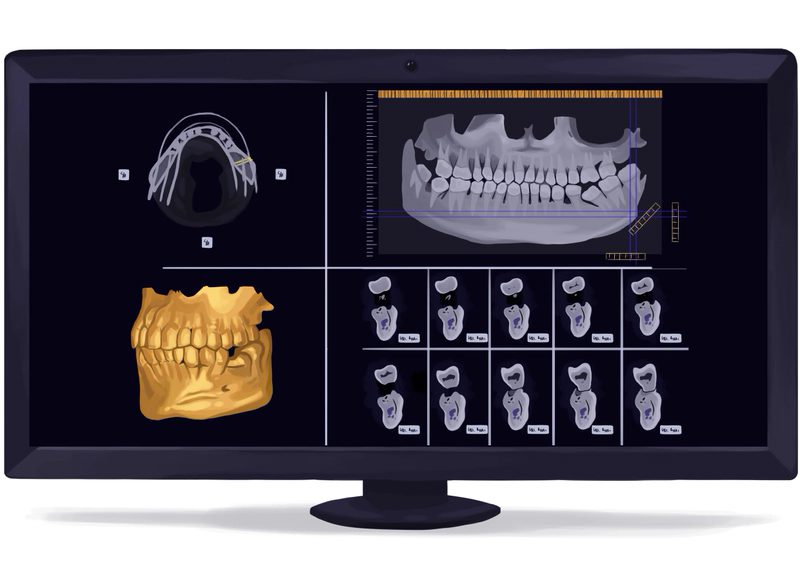
Diagnostic purposes
During your first consultation with your dentist or oral surgeon, you will be able to communicate your concerns, wishes and what you plan to get out of the placement of a dental implant.
They will then proceed to carry out a full examination to understand your needs. This encompasses the following:
- Your Medical and Dental History,
- A full dental examination of your mouth to check for gum disease, tooth decay, oral hygiene habits and bone levels,
- A CT scan of the bone area where the implant is being considered.
Dental imaging in the form of CT scans and dental X-rays allows implantologists to have a clear, visible picture of your bone and surrounding oral structures. The CT scans will be able to show the presence of infected areas, cysts, and/or abnormal conditions in your mouth that may hinder or change the treatment plan.
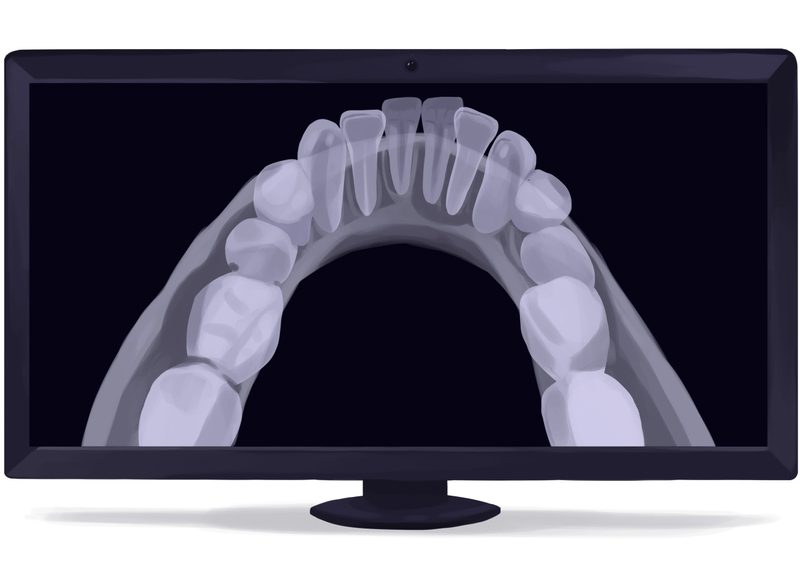
Treatment planning
CT scans will also allow dental surgeons to assess the height, width, depth of your bone as well as the proximity of the implant to vital nerves and structures in your mouth.
They will use all this information to present their recommendations and all the possible treatment options available to you. Costs, duration of treatment, and other alternatives will also be covered so that you can make an informed decision on whether you would wish to proceed.
Differences between dental CBCT scans and X-rays
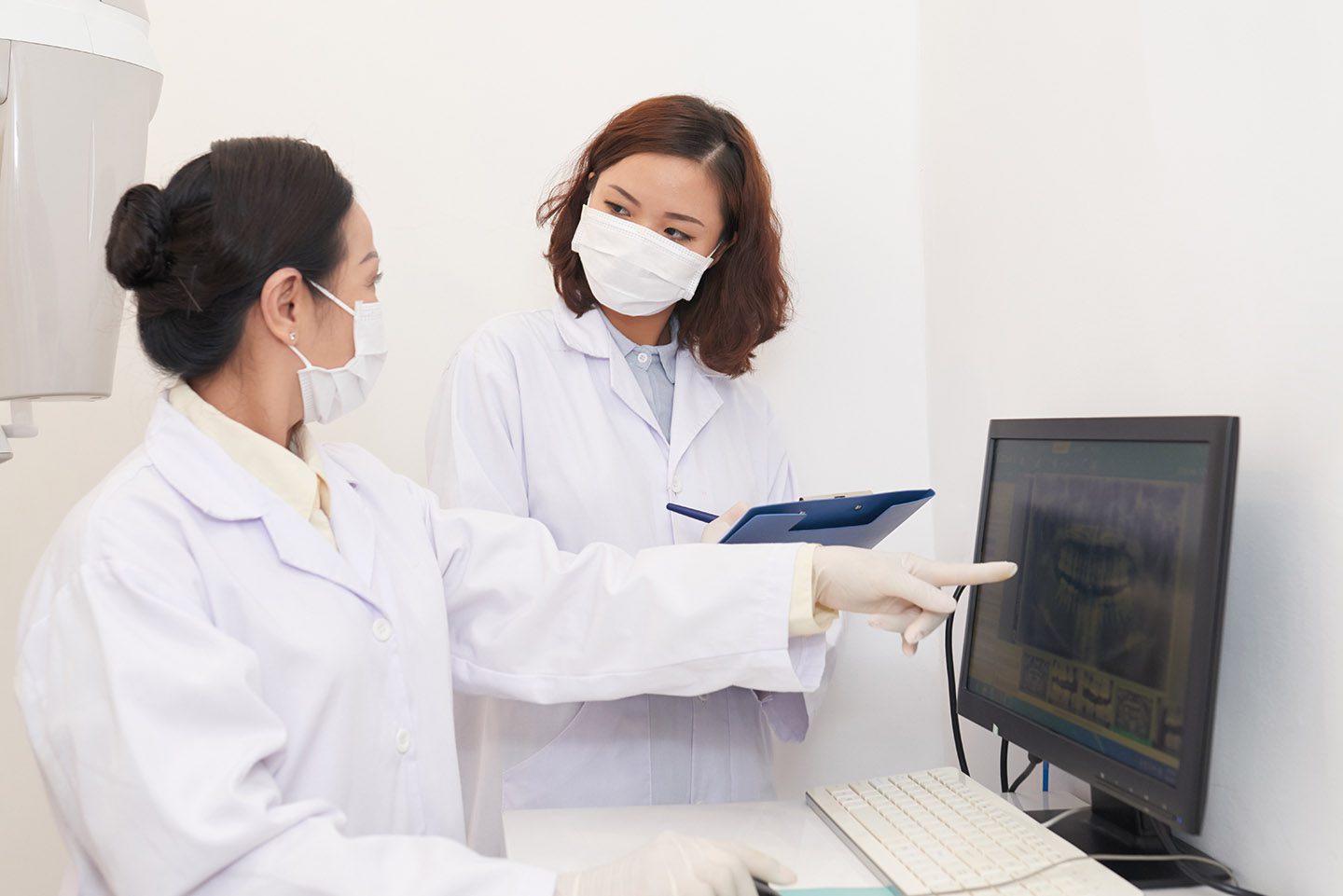
Dental CBCT scans are a quick and non-invasive way of diagnosing and helping many clinicians evaluate the suitability of placing a dental implant for a patient. These scans provide highly specific 3D information rather than two-dimensional images produced by conventional dental X-rays.
A disadvantage of CBCT scans are its radiation doses. Dental CBCTs typically deliver more radiation than conventional dental X-rays. However, the benefits of a clearer image and more precise treatment planning outweigh the risks involved.
Are CBCT scans safe?
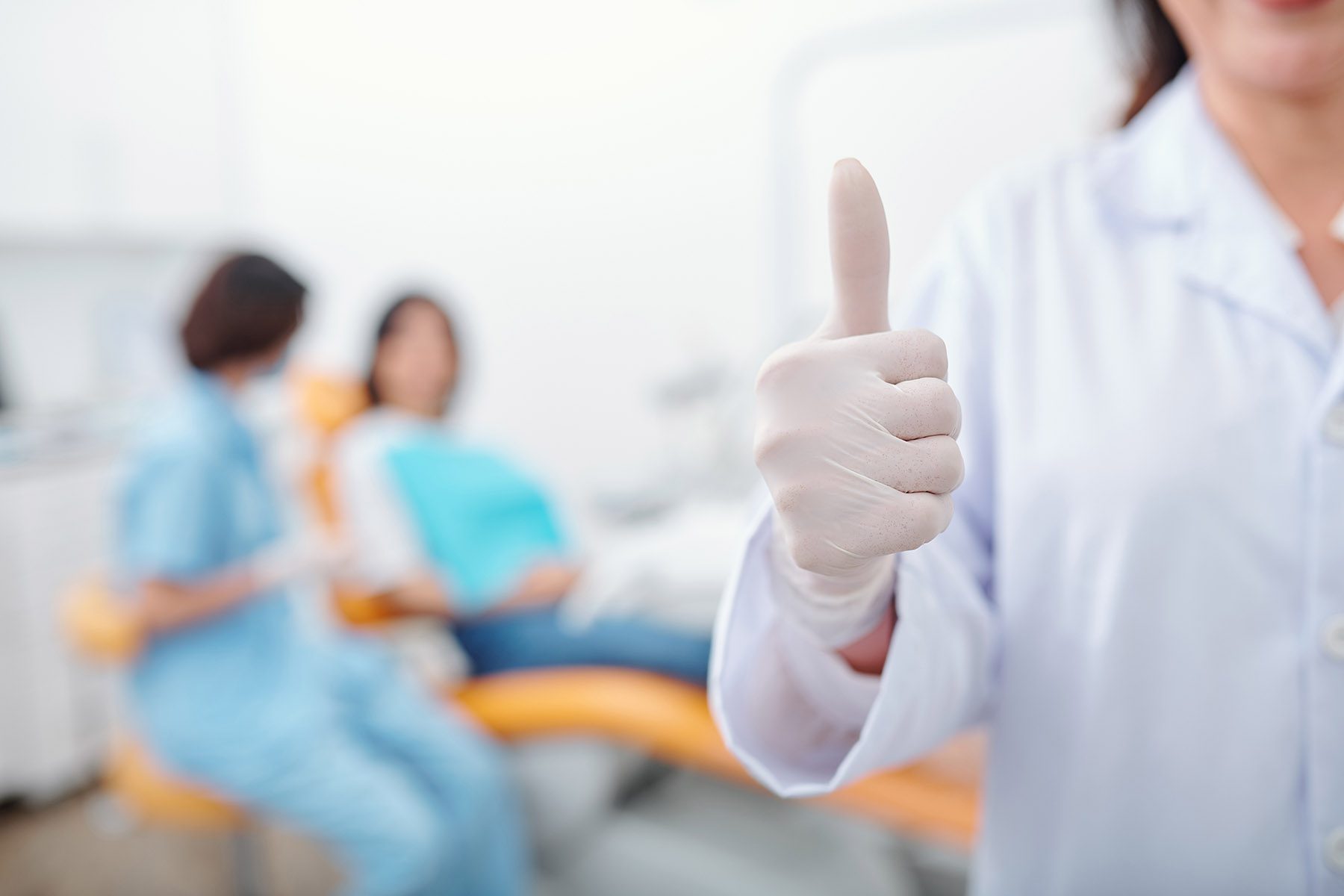
CBCT scans are safe to use and there is no absolute evidence that they lead to increased rates of cancer. Your dentist or implantologist will only request a CBCT scan to be done if deemed clinically necessary.
There has also been anxiety amongst pregnant women about dental imaging during pregnancy. The amount of radiation used in a dental X-ray or CBCT is very low, and according to the American Dental Association and the American Pregnancy Association, it is not enough to cause harm to a pregnant woman or her baby. The use of an apron with a lead shield and/or thyroid shield whilst taking the scan can reduce the dose to the foetus even further.
Conclusion
CBCT scans are an essential diagnostic imaging tool used by many dentists and implantologists. They have revolutionized implant dentistry, are able to image bone and soft tissue at the same time, and most importantly, provide more information than a dental x-ray, allowing for more precise treatment planning. CBCT scans are extremely safe for patient use and should you have any issues regarding the radiation dosages or treatment stages, do not hesitate to approach your dentist or implantologist! They will be the best people to address all your queries.

References
- What should I expect from my first consultation for dental implants? DoctorxDentist. https://www.doctorxdentist.com/questions/what-should-i-expect-from-my-first-consultation-for-dental-implants. Accessed November 1, 2021.
- Why Are CT Scans Necessary? – Marylebone Implant Centre. Marylebone Implant Centre. https://maryleboneimplantcentre.co.uk/dental-implants/why-are-ct-scans-necessary/. Accessed November 1, 2021.
- Dental Cone Beam CT. Radiologyinfo.org. https://www.radiologyinfo.org/en/info/dentalconect. Accessed November 1, 2021.
- The role of CBCT in implant dentistry: uses, benefits and limitations. Br Dent J. 2020;228(7):560-561. doi:10.1038/s41415-020-1522-x
- Dental Cone-beam Computed Tomography | FDA. U.S. Food and Drug Administration. https://www.fda.gov/radiation-emitting-products/medical-x-ray-imaging/dental-cone-beam-computed-tomography. Published 2020. Accessed November 1, 2021.
“
Looking to get started on your brand new & improved smile? Speak to our dentists today!
Our team of experienced dentists are fully dedicated to providing patients with high-quality and affordable dental care. Our dentists are well-versed in the cosmetic dentistry, and highly adept in producing highly aesthetic and long lasting results for all of our patients.
Schedule an appointment
We’ll get back to you within 24 hours.
Our Dental Clinics
We are conveniently located at these locations:
NoFrills Dental @ Suntec City
3 Temasek Boulevard
Suntec City (North Wing)
#03-317
Singapore 038983
NoFrills Dental @ Marina Square
6 Raffles Boulevard,
Marina Square,
#B1-11
Singapore 039594
Related Posts
Effective ways to clean your Invisalign Aligners
The advanced technology of Invisalign aligners has made them a hugely popular alternative to braces for straightening teeth, among teens and adults alike.
These clear plastic appliances are more comfortable and virtually unnoticeable in the mouth, and have the further advantage of removability for brushing and flossing and meals and snacks. And they can fix less complex orthodontic problems up to twice as fast as braces.
How to Clean Retainers: For Removable and Permanent Retainers
Retainers sit inside of your mouth and come into direct contact with your teeth. Bacteria, plaque and tartar can quickly accumulate inside of your retainers if they’re not cleaned properly and regularly. Just like your regular teeth, it’s important to clean your retainers everyday.
ClearCorrect vs Invisalign
In this article, we compare two popular clear aligner companies: Invisalign and ClearCorrect. They are two of the most renown in-office clear aligner companies that boast a strong track record of results. Both sets of aligners aim to straighten misaligned teeth and correct jaw discrepancies, however, the process to getting to an ideal end result (i.e., straight teeth and aligned jaws) varies slightly.


